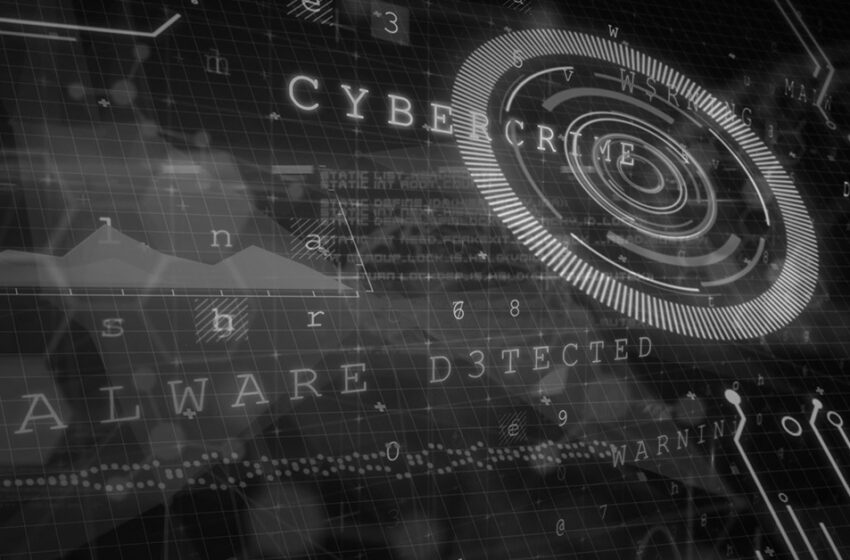WPL Auction 2026 : The Ultimate Guide to Women’s Premier League’s Big Day
6 Dangerous Cybercrime Tactics You’re Not Ready For

Cybercrime
Cybercrime and Fraud: A Developing Risk in the Digital Age The internet has become an essential part of our everyday lives in today’s hyperconnected world. The digital world is incredibly convenient for everything from banking and shopping to education and entertainment. But this greater dependence on technology has also led to an increase in cybercrimes and frauds, which is a concerning issue for people, companies, and governments everywhere.

Cybercrime: What is it?
Any illegal activity involving computers or the internet is referred to as cybercrime. Hacking, identity theft, data breaches, cyberbullying, and online scams are just a few of the many crimes it covers. These offences may be committed for personal vengeance, political motivations, or financial gain. As digital tools have become more sophisticated, cybercriminals have discovered new and more efficient ways to take advantage of weaknesses in systems and networks.
Cyberfraud Types
A subset of cybercrime, cyber fraud focusses exclusively on using deception to obtain money, property, or personal data. Among the most prevalent kinds of online frauds are:
- Phishing Scams: To fool recipients into disclosing private information, such as credit card numbers and passwords, scammers send phoney emails or messages that appear to be from reputable companies.
- Online banking frauds: Cybercriminals target online banking sites in order to obtain login credentials and make unauthorised money transfers from users’ accounts.

- Credit/Debit Card Fraud: Thieves use stolen card information or counterfeit cards to make illegal purchases.
- E-commerce frauds include fraudulent online retailers, phoney goods, and vendors who take orders but never deliver their goods.
- Social engineering: By posing as reliable sources, attackers trick victims into disclosing private information.
- Ransomware Attacks: Criminals use malicious software to prevent users from accessing their data and demand payment to gain access.
Reasons for the Increase
The increase in cybercrimes and frauds is caused by a number of factors. First of all, there are now more possible targets due to the quick rise in internet users and digital services. Second, a lot of people are easy targets because they are ignorant of fundamental cybersecurity procedures. Furthermore, the anonymity that the internet offers makes it simpler for criminals to operate covertly. Furthermore, the speed at which new cyberthreats emerge frequently outpaces the development of legal frameworks and law enforcement capabilities.

Effects on the Community
Cybercrimes can have disastrous results. People may experience identity theft, emotional distress, or monetary losses. Companies risk reputational harm, lost consumer trust, and data breaches. Larger-scale cyberattacks have the potential to seriously impair vital services, jeopardise national security, and cause extensive economic disruption. Attacks on power grids or healthcare systems, for instance, can put lives in danger, while cyber espionage can reveal private government information.

Avoidance and Defence
Cybercrime prevention calls for a multifaceted strategy. People need to be taught safe internet habits, like creating strong passwords, staying away from dubious links, and updating software on a regular basis. Businesses should spend money on a strong cybersecurity infrastructure, perform frequent security audits, and teach staff members how to spot phishing scams and other dangers.
Governments are essential in the fight against cybercrime. This entails passing stringent cyber laws, establishing dedicated cybercrime units, and encouraging global collaboration to find and apprehend cybercriminals. Public awareness-raising initiatives and partnerships between the public and private sectors are also essential.

In conclusion
Although cybercrimes and frauds are an inevitable part of our digital age, their effects can be greatly lessened with preventative actions. Building a secure digital environment requires awareness, attention to detail, and teamwork. Our tactics to protect against the increasing threat of cybercrime must also change as technology does.
ALSO READ THIS: Evolution of Love : 4 Uplifting Ways Love transforms with Every Generation


